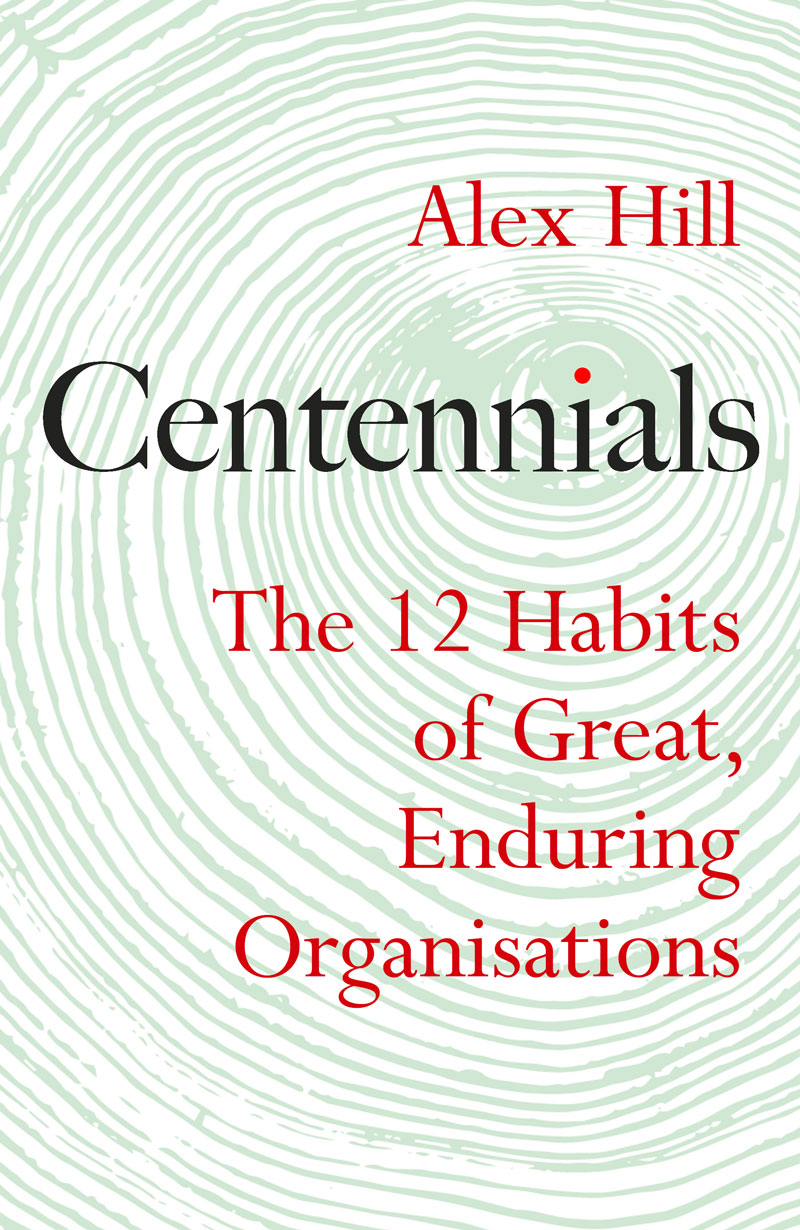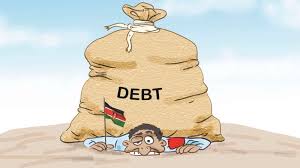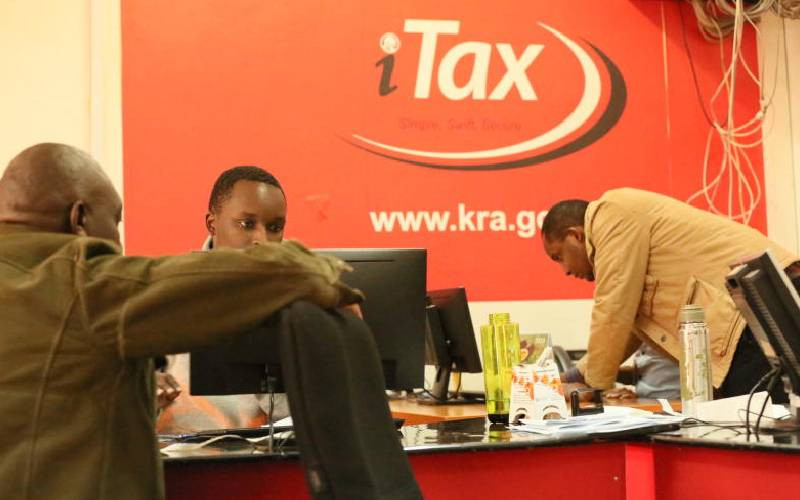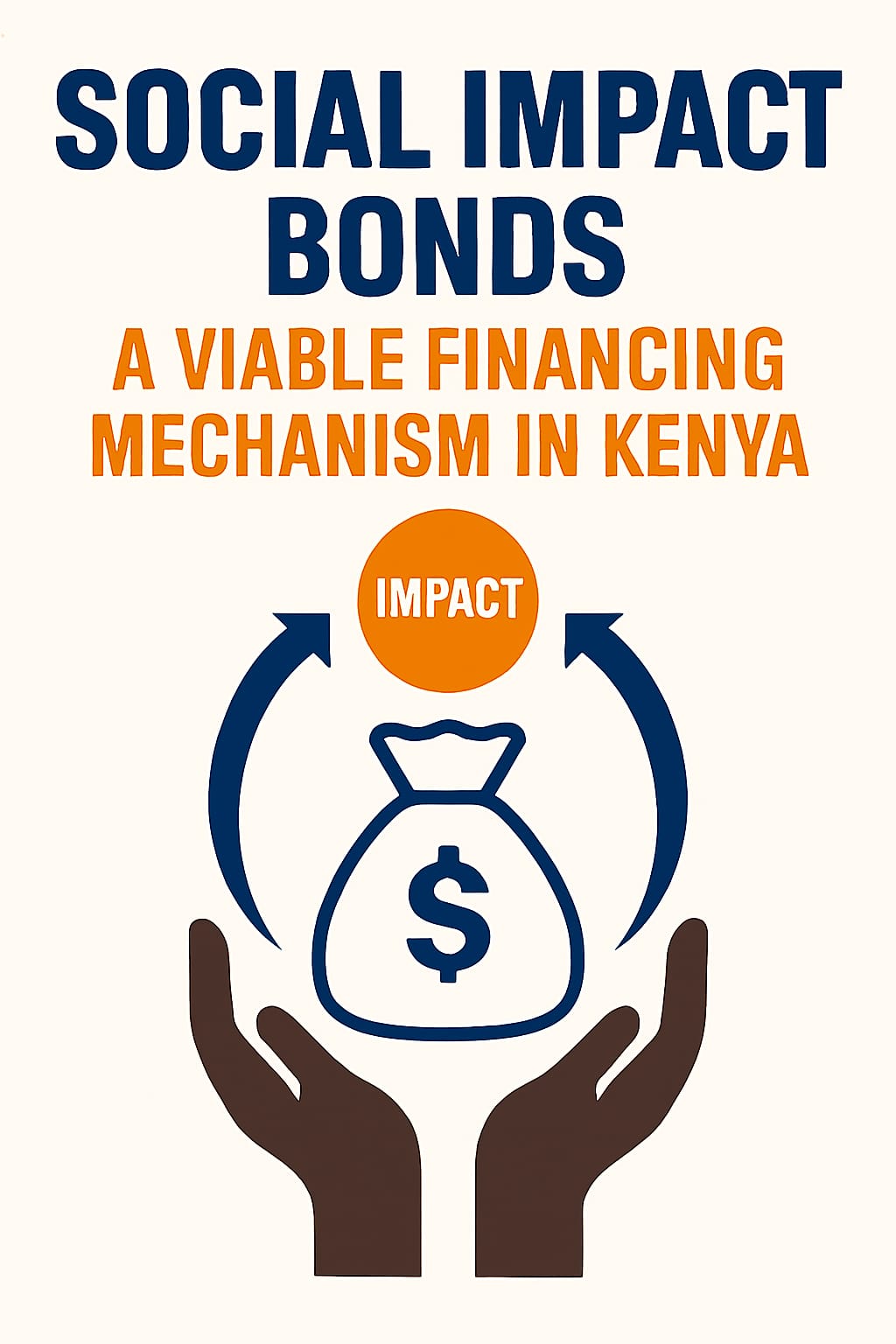Wednesday, August 27, 2025
Author: Spencer Muhonja , Moses Muchiri Mwangi
Category: Sustainability
⏱️ Estimated Read Time: 10 min read


Several economic theories explain the role of firms and their nature in economic sustainability and development. Firms combine three key aspects of production: capital, labour, and entrepreneurship to meet aggregate demand, as highlighted by Economics Laureate Ronald Coase through the theory on the nature of firms. Africa has been cited as the hub of entrepreneurs, as evidenced by the rising capital investment in start-ups on the continent. However, the distribution of the capital is highly unequal, with South Africa, Kenya, Nigeria, and Egypt accounting for more than 80% of the funding as of 2020.
The Economist magazine reported Africa has too many businesses, too little business; Africa, despite its many attempts at business growth to a substantial level, remains limited, and hence Africa is being left behind, with a projection of hosting about 80% of the global poor by 2030. The economic hindrances to the capitalisation on its labour and entrepreneurship have been highly written about. This blog intends to review other factors that distinguish the growth and sustainability of firms and organisations for more than 100 years, as discussed by Professor Alex Hill's book Centennials.
Professor Hill established two cores that drive the sustainability of organisations: the Stable core and the Disruptive edge. Each organisation needs to hold its core stable and allow adaptability to changing technologies and times to remain competitive through different seasons.
The stable core addresses the organisation's vision, the ability to carry forward or pass down the vision, and the best ways to approach stewardship and collaboration with others in society.
The Stable Core outlines what keeps an organisation grounded. A stable organisation understands its “why.” It focuses on people, not just profit, and successfully passes its vision from one generation to the next. Hill outlines six habits under this principle:
The North Star is a star found on the north pole that can be relied on for direction. It is a bright, almost stationary star, and visible at night. The star can be depended on due to its traits. This habit emphasises having a vision, or rather a purpose. An enduring organisation should have a vision that guides its undertakings. An ideal North Star shapes society positively and can be maintained over a long period of time. It is long-term; the pursuit of it results in tangible output that benefits society over time. The author encourages that for a business, there should be a higher purpose than just making money. A firm or organisation should at least be making society better than it is. There should also be a constant reminder of this vision to ensure the executors do not focus on short-term goals at its expense.
To do it for your kid’s kids, an organisation must ensure the vision lives on beyond the founder.. Identifying a niche of people to buy into the vision, in order for them to carry the vision when initiators are no longer there or not able to, is crucial for any organisation that desires to outlive its initiators. Building earlier enthusiasm in kids and young people who form the future secures the future talents and management needed to keep any organisation going. “The best way to acquire talent for the future is to spot it and nurture it.” For example, NASA always steers kids towards science and its operations earlier enough through initiatives such as supporting science fairs and other initiatives to instil science enthusiasm in kids so they can be employable at NASA in the future.
Having strong roots is pointed towards stewardship and its long-term stability. It tackles the importance of retaining values, lessons, and the vision of the organisation, even with a change of stewardship. It advises against an overhaul change of stewardship, as this comes with the risk of losing or letting go of the lessons and values acquired over the years before they are passed to the next lot. To mitigate against loss of valuable experience, values, and vision, nurturing entrants in the organisation and providing multiple exposure at all levels to take up the lead when it’s time for a change is mandatory.
An organisation must mind the gap; succession and preparing people for succession are crucial for continuity. New talent and long-serving experience are supposed to aim for integration to ensure the organisation's culture, norms, and vision are shared not only by the old guards but the new signees of any organisation. This habit encourages identifying successors at least four years earlier, then nurturing them into the role they are supposed to have, as opposed to immediate changes and new entrants. The incoming incumbents should be given as much responsibility as possible to handle as a precursor to their new role. The author emphasises the need to preserve organisational experience by incentivising the most experienced people to remain in the organisation for longer.
Performing in Public allows a third eye to contribute to building an organisation through criticism, support, or additional viewpoints that the organisation's insiders might have missed. Strangers or people from different fields can help or contribute to the work an organisation aims to achieve. Any group works more efficiently and thoroughly when a stranger from within but different departments or outside the organisation is part of the group. Additionally, there might be a bias to some commonly made mistakes that an outsider can easily pick out. Working with outsiders then allows you to identify these mistakes, hence an opportunity to correct them. The book provides case studies of when this worked, for example, in US Airlines, NASA, where outsiders helped the organisation see through its mistakes, leading to the prevention of death.
To get more, give more, organisations must have a people-centred approach, allowing people to look in, to have them on board, and get their feedback on whether their needs and the organisation's outputs are aligned. The notion that working with the outside makes an organisation lose its competitive edge is flawed, as it may lead an organisation to miss the need for change in society, which may result in redundancy. The essence of this is also to build trust between an organisation and society, a privilege it may miss when operating in secrecy. Giving more eyes an inside view guarantees your output matches society's needs. Collaboration with other similar organisations helps organisations improve their products or services.
b) Disruptive edge
The Disruptive Edge looks into the strategy and operations of an organisation in view of changing tides and horizons. Organisational innovation, adaptability, and constant improvement are crucial for relevance in changing times. This part of the book looks into six habits:
Being porous is primarily about an organisation continuously seeking something different and better than what it previously had. It discourages settling at the comfortable breakthroughs of the past and present times, rather encouraging questioning and challenging everything. Additionally, it encourages allowing expertise to flow freely in and out of an organisation. Some prime experts may not be available to work full-time at an organisation; however, to take advantage of their know-how, an organisation should allow them to work for it part-time as they work elsewhere. This way, their inspiration and ideas are acquired from other sources, in addition to local ideas within the organisation. Organisations should bank on the strengths of their workers rather than on their weaknesses, while also being humble and open to scrutiny and ideas from external sources.
Recruitment of talent should involve shaking all trees. Recruitment should be active; rather than waiting for the talent to apply or emerge, organisations should seek their talent through identification and active pursuit of the talent. Talent acquisition should be from a diverse pool to guarantee multiple abilities and expertise joining an organisation. Recruitment nets should be thrown deep and wide in expertise pools and environments.
Expansion may sometimes occur at the expense of standards; therefore, any organisation should focus on getting better, not bigger. The pursuit of growth could easily be a distraction from core goals and values. A focus on advancing an organisation's operations in efficient mechanisms is more crucial than obsessive growth. Excellence can change the world; growth on its own cannot. Advisably, organisations should avoid bureaucratic inefficiencies, especially those accumulated through hierarchy-focused structure at the workplace. Teams and groups should be of an efficient size to ensure involvement and impact from every member. For larger organisations, to ensure maximum productivity, this plays a major role: Different departments' employees should have their groups; however, they should often work together at the organisation level. A mix of communities and families, different from each other but willing to work together, results in improvement from one group permeating the rest.
Failure is inevitable; therefore, organisations should learn to be comfortable with it. Accepting failure must occur in pursuit of a vision, allowing an organisation to X-ray Everything by thoroughly dissecting issues. It is equally important to purposefully learn from failures as from wins. An astronaut at NASA, Dr. Charles Camarda, said, “Where there’s failure, there is knowledge and understanding that doesn’t come with success,” clearly articulating why learning to capitalise on failure is important. Knowledge is insufficient to change our own behaviour; however, our own discoveries will be more effective, thus an organisation must appreciate its employees' discoveries. Knowledge and wisdom are developed by obsessively picking over every action, moment, and decision.
Make time for random is focused on fostering Innovation in an organisation. Innovation is necessary for long-term success. To innovate, an organisation must permit its people to innovate by allowing fluidity in teams for cross-team innovations. Additionally, interaction and sharing ideas between people working in different departments optimise randomness, which might spur discoveries and innovations. These interactions generate ideas, hence innovation for the organisation.
Employees are social beings; hence, Breaking Bread through social gatherings and meal sharing is critical for team cohesion and integration. For example, soldiers are constantly spending time together, which enhances their relationship. Consequently, during war, they fight for each other and not for their leader. When people in an organisation feel a sense of belonging, they become more committed, involved, and motivated to perform. Organisations should nurture a familial culture. People who eat together trust and engage with each other more, especially in nuclear-sized groups.
In conclusion, the pursuit of a successful organisation with long-lasting impact calls for more than just intention. There is a need to look into every aspect and discover the best way to strategically execute. It goes beyond having a vision and showing up daily. While this is important, analysing your core and continuously challenging the existing ways of doing things is the best way to put you ahead of the rest. Remind yourself of why the organisation started in the first place. For some, this could be as simple as going through your constitution or memorandum of association occasionally, just to ensure you do not veer off the path you set out to take. As noted by other reviews, we recommend reading the book as it could be the difference between your organisation thriving or dying in due time.









